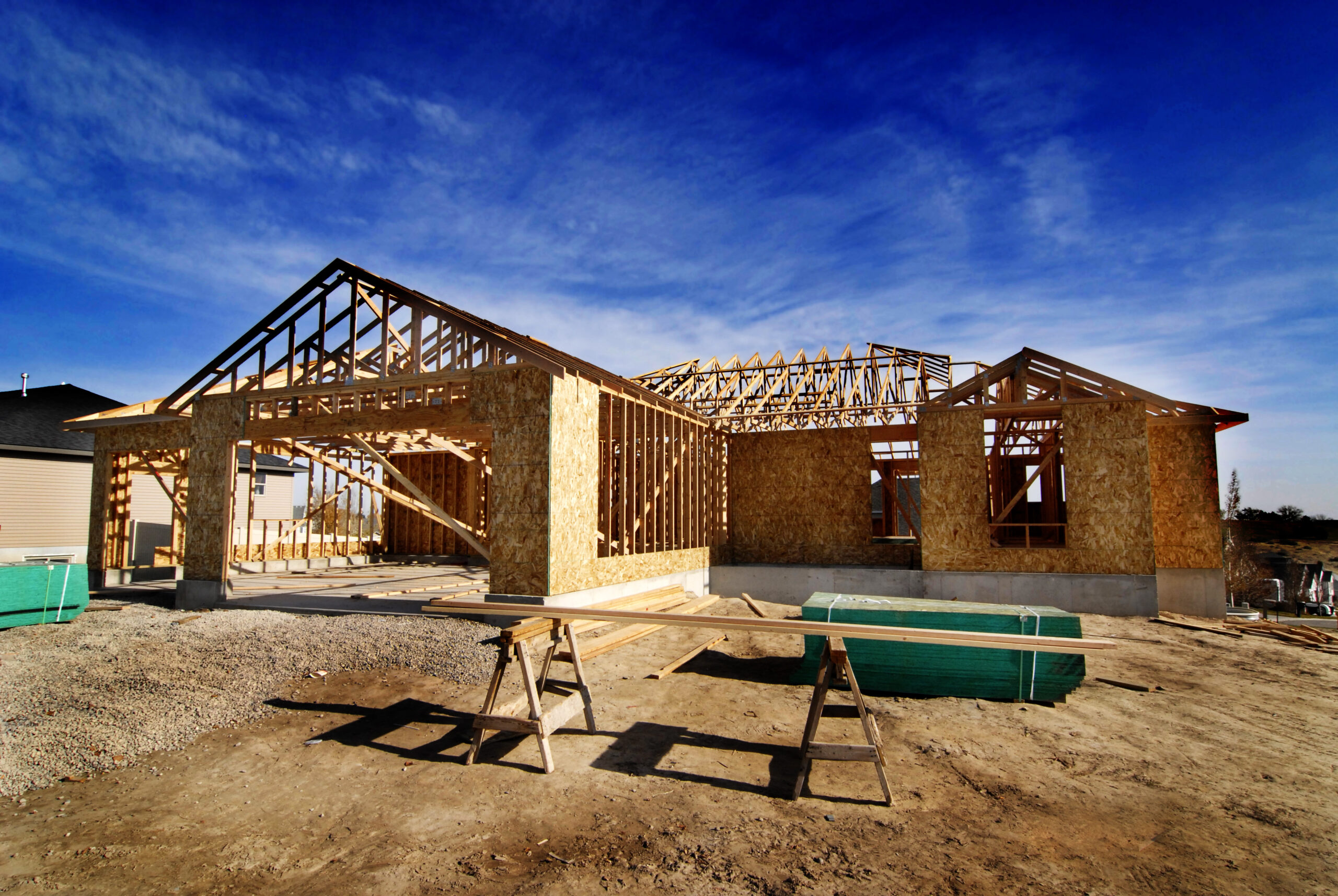
Every prospective buyer knows that buying a new build home is no walk in the park. From viewing the property to completing an application, the process involves an array of logistical steps and stringent administrative tasks. With house prices set to fall until 2025, now could be the best time to make an offer.
Disclaimer: this post may contain affiliate links, and every purchase made through these links will give me a small commission (at absolutely no extra cost for you!) AS AN AMAZON ASSOCIATE AND REWARDSTYLE MEMBER, I EARN FROM QUALIFYING PURCHASES. See Privacy Policy for additional info.
Before investing in a new build, it’s a good idea to know about the intricacies of the process. With high demand leaving longer waiting lists and oversubscribed services to contend with, buying a new home might feel like a competition. When you persevere, it’s always possible to find a new build home that suits your requirements.
How to plan the perfect new build home investment
Step 1: Establish your needs and set a budget
Knowing exactly what you need will help you to narrow down your search and secure a property faster. Your first priority should be choosing a preferred location, knowing exactly what your chosen area will offer for your future tenants.
You’ll then need to think about size, location, and style. Once you’ve paired the location with the type of property required, you can estimate your required spending much more accurately. It’s a good idea to be as flexible with your budget as possible since larger offers could give you the upper hand with some home builders. This also helps reduce any anxiety during the building process!
Step 2: Do your research
Next, you need to decide where you’d like to invest – and learn about the home builders operating in that area. Most professional home builders plan new developments years in advance, so try to make sure that you’re one of the first to know about upcoming opportunities for new homes.
When you’re researching home building companies, you should consider their reputation, examine the quality of their past construction, and learn about the amenities they include with properties.
Step 3: Choose the right property
You need to decide what type of property you’d like to invest in. If you’re not sure whether your tenants will be individuals, young couples, or large families, then aiming for variety makes the most sense.
However, if you know the predominant demographic and local market, it’s fair to follow a standard pattern. Two to three bedrooms accommodate for future growth in family size, while also providing an opportunity for first-time buyers and working professionals.
Step 4: Think of customization
Your tenants will want to move into a house that feels like a home. Once you’ve chosen a property, try to look for opportunities for customization. These might include replacing the flooring, adding luxury carpets, installing fitted furniture, or upgrading the appliances.
While initial costs might be high, changes you make to the property could enhance its quality and appeal, making it better suited for long-term tenants – and reducing the maintenance demands too. Almost half of Brits consider a well-designed garden just as important as the house itself, so don’t neglect the outside space, either.
Final thoughts: After reserving your new build…
Before you finally accept the keys, you should have a final inspection and thorough walk-through inside the property. Look very closely to identify potential cosmetic, structural, or technological faults. The earlier you spot an issue, the sooner it can be addressed.
After closing the deal, your last task is to ensure a smooth move-in. Whether that’s for your own family or your next tenants, the property should be completely ready for a seamless transition to everyday life. Good luck with buying a new build home!




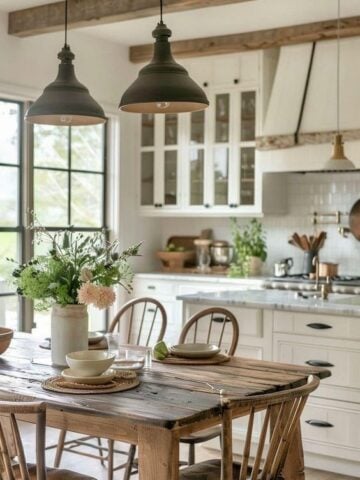
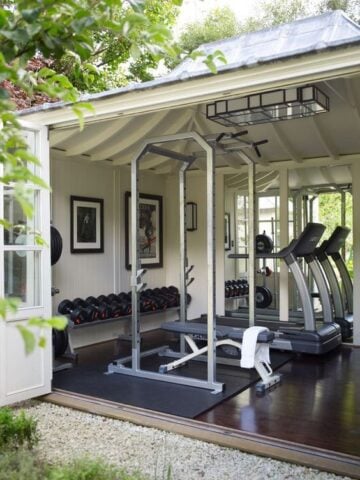
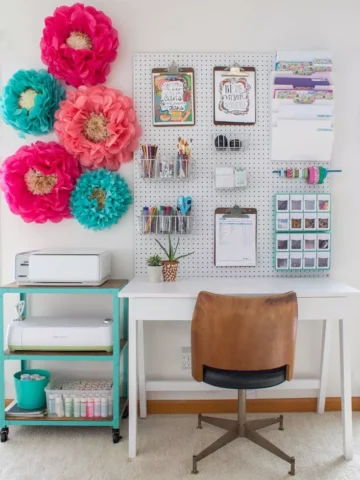
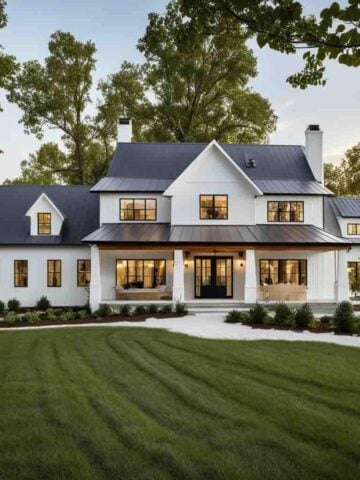
Leave a Reply